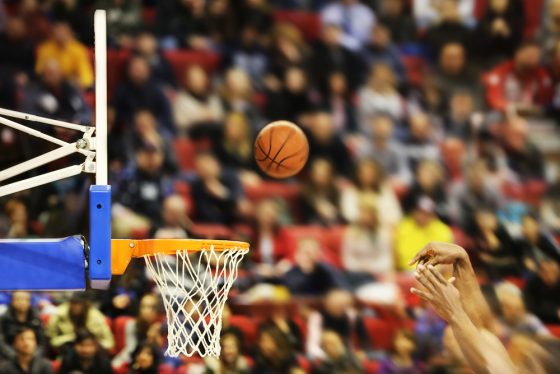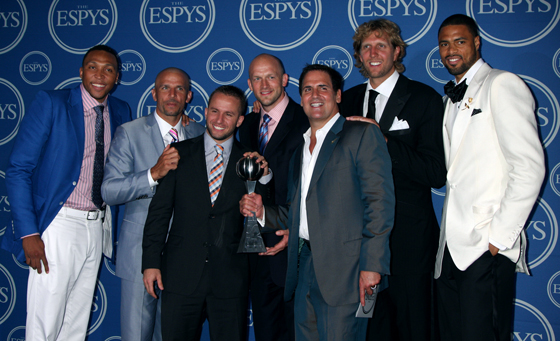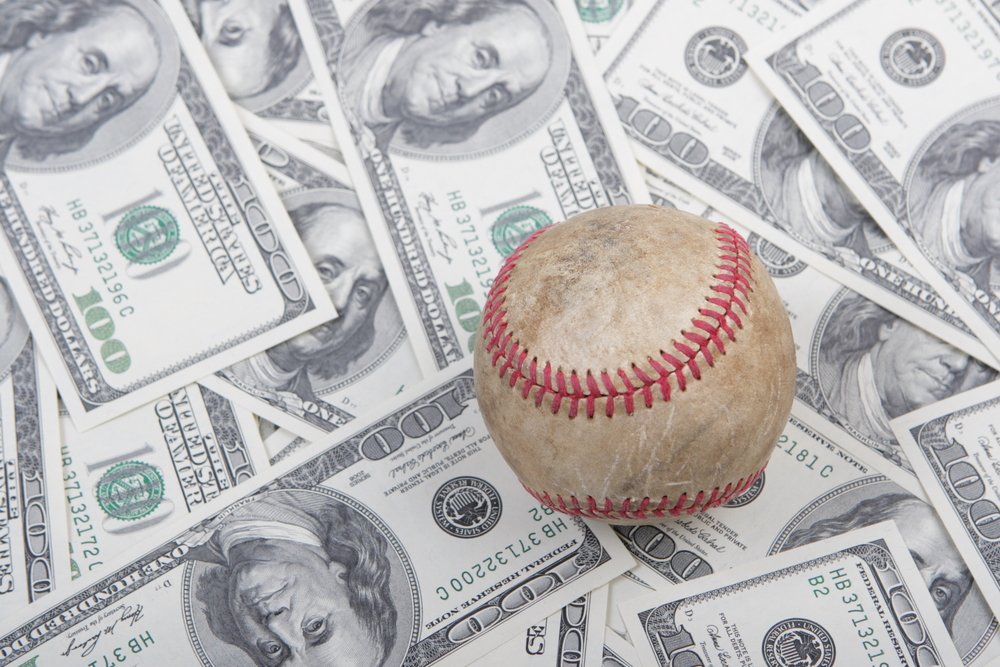
There is probably no greater example of the term “human capital” than a high-priced athlete, whose body will always be in harm’s way and should be protected from a serious or career-ending injury, particularly if it prevents the next big contract from becoming a reality. Like any successful professional, whether a corporate CEO, high-end surgeon or celebrity TV chef, an athlete’s greatest asset is the ability to play their sport and work in their occupation.
A sport that seems to define these criteria is basketball. With the National Basketball Association, athletes’ contracts are guaranteed and relatively iron-clad. Those contracts are also about to head into the stratosphere thanks to a nine-year, $24-billion television deal signed by the NBA in 2014, which will cause the salary cap to rise higher than it ever has. The consensus is that the NBA’s salary cap will reach $108 million by the 2017-2018 season, up from $89 million for the 2016-2017 salary caps. The large increases will accelerate heavy free agency spending.
Thanks to this sugar daddy TV deal, everybody, from superstars to lower-tier players, now sees a pot of gold at the end of the rainbow. And to their credit, or at least to the credit of their influencers (such as agents, financial advisors and wives), they are beginning to also realize that this rainbow could very well be pitted with career-ending landmines. As a result, we are now seeing a large number of NBA players ramping up their disability coverage. It makes sense; buy peace of mind, and then seek an even bigger payout the following year. Sounds like a win-win when you are looking at life-changing money—the difference between signing for five years at $30 million or five years at $8 million.
Where the game has also changed somewhat is in the player’s ability to put player-friendly options on the table. For instance, Kevin Durant signed a two-year deal worth $54 million with the Golden State Warriors, with the deal containing a second year player option. This means year-two of the contract is completely up to Durant on whether or not he stays in California, looks to another big payday looming on the horizon, or is unhappy with the direction the team is taking. Lebron James and numerous other players negotiated options into their contracts because they know the big TV money is coming.
buy neurontin generic neurontin without prescription online
In the long run it is not only about protecting their careers but also safeguarding potentially lucrative endorsement deals, which can sometimes match the size of a playing contract.
buy wellbutrin generic wellbutrin without prescription online
LeBron James remains the NBA’s big star in the endorsement world with estimated earnings of $48 million this season off the court, according to Forbes. And with coverage in place 24/7, a player the stature of a LeBron, or Stephen Curry, or Kevin Durant is not only protected if he blows out a knee driving to the hoop, but also if he gets rear-ended and suffers a neck injury driving to his kid’s middle school recital.
NBA players will continue to gamble their free-agency status for a grab at the brass ring (without, hopefully, falling off the carousel and blowing out a knee). But there are insurance products that are essentially a safety net to athletes who are in their walk year. In recent years there seems to be an increase in the number of players willing to take that risk off the table, so they can safely gamble that soon there will be even more money put on the table. Given the compressed career lifespan, disability protection can be critical for marquee players with considerable endorsement income.
A recent article in The Economist summed it up nicely: “As salaries in professional sports have soared over the past few decades, so has the price tag associated with the risks inherent in such strenuous physical activity. As a result, the economics of the business are now shaped by insurance markets just as they are by TV contracts or ticket sales.”
This means that players who opted to sign a one-year deal this offseason, or incorporated the player option into their contracts instead of looking for multi-year deals—in anticipation of a bigger paycheck down the road—will need to protect themselves if they want to see their part of the new TV money.



